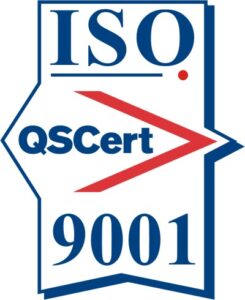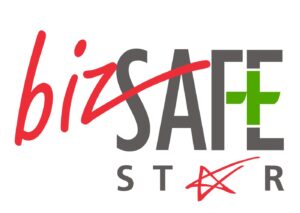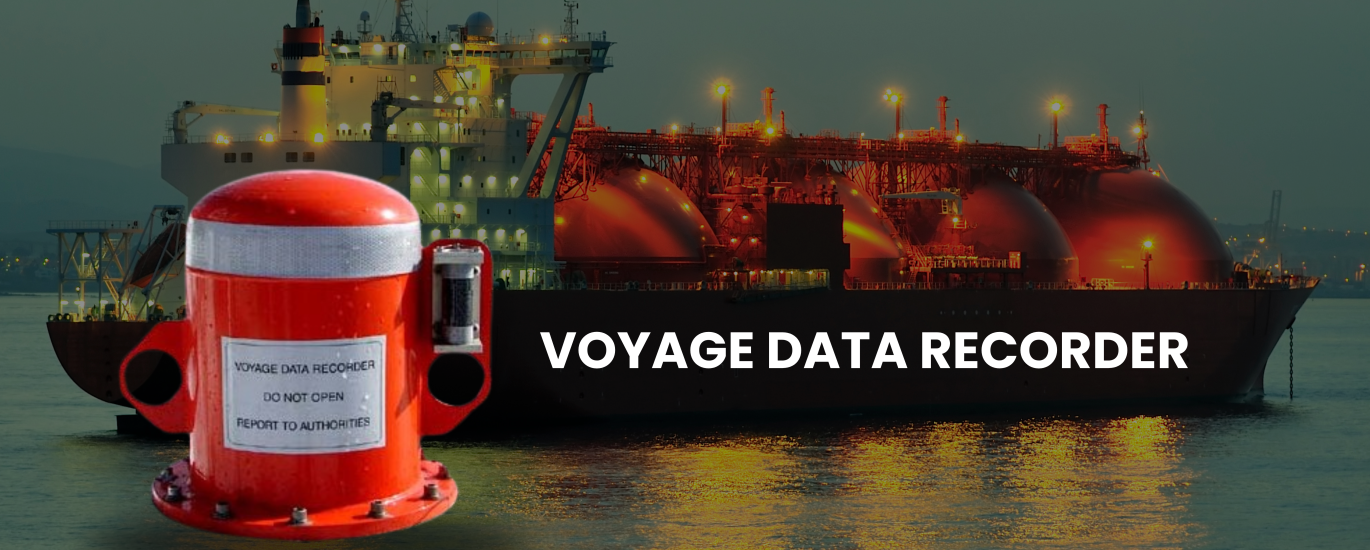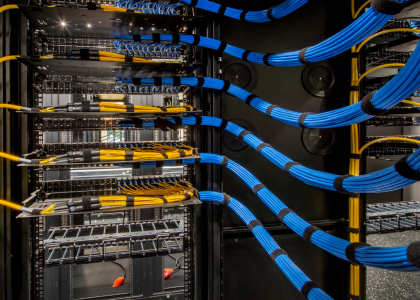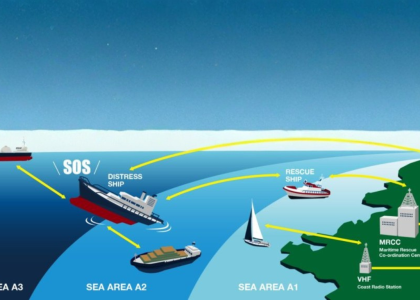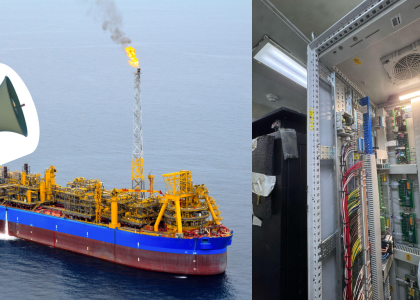Operating in some of the most demanding environments on Earth, the oil and gas industry relies on cutting-edge technology to ensure safety, efficiency, and compliance. Among these technologies, the Voyage Data Recorder (VDR), often called the ship’s “black box,” stands out as an essential tool for maritime operations.
What Is a Voyage Data Recorder (VDR)?
A Voyage Data Recorder is a sophisticated device installed on vessels to capture and store vital operational and navigational data. Much like an airplane’s black box, the VDR continuously records critical information, including:
- Ship’s position, speed, and heading
- Bridge audio (conversations, alarms, and environmental sounds)
- Radar and electronic chart displays
- Communication data
- Engine performance metrics
The primary role of a VDR is to provide accurate data for accident investigations, helping authorities uncover the sequence of events and identify root causes.
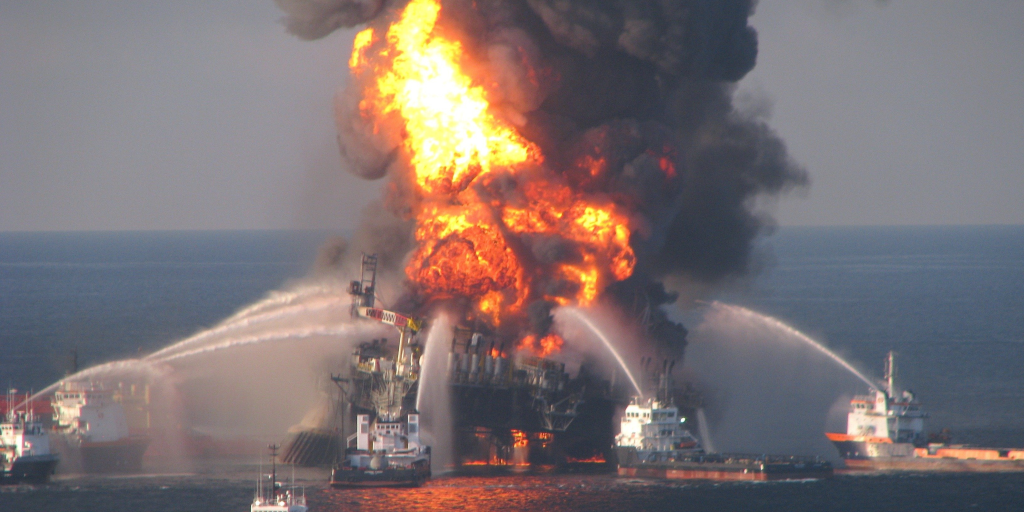
Why Are VDRs Essential for Oil and Gas Operations?
- Boosting Safety Standards
Oil and gas vessels like Floating Production Storage and Offloading units (FPSOs), drilling rigs, and supply ships operate in high-risk environments. VDRs provide an accurate, continuous record of events, enabling operators to identify risks and implement preventive measures to avoid accidents.
- Meeting Regulatory Requirements
The International Maritime Organization (IMO) mandates the installation of VDRs on specific ship types, including many oil and gas vessels. Compliance ensures smooth operations and helps companies avoid costly penalties.
- Facilitating Incident Investigations
When incidents like collisions, groundings, or onboard emergencies occur, the data captured by the VDR becomes invaluable. This information not only aids investigations but also helps improve safety training and protocols.
- Enhancing Operational Efficiency
VDRs aren’t just about safety. They’re also powerful tools for optimizing vessel performance. Analyzing data trends can help operators fine-tune fuel consumption, improve route planning, and reduce operational costs.
Core Components of a VDR System
A modern VDR system typically includes:
- Data Acquisition Unit (DAU): Gathers data from sensors and onboard systems.
- Recording Unit: A tamper-proof device that securely stores data, designed to endure extreme conditions.
- Microphones: Captures bridge audio, including conversations and alarms.
- Power Supply: Ensures the VDR operates continuously, even during power outages.
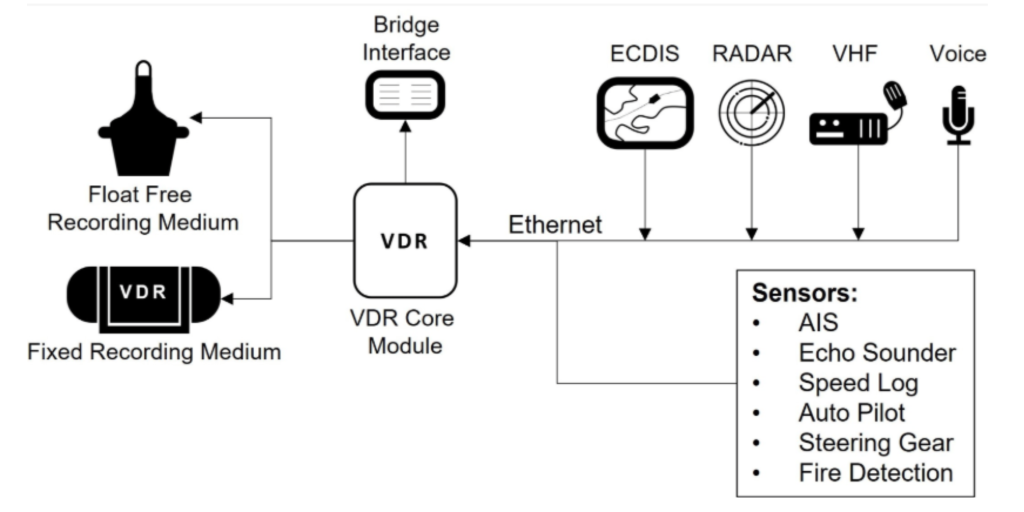
Get The Right Team
Get the right team from Vivo Asia to handle all your VDR needs and ensure seamless operations. Our expert engineers specialize in installation, maintenance, and compliance for VDR systems, ensuring your vessel stays at peak performance.
Contact us at contact@vivoasia.com to get started today!



